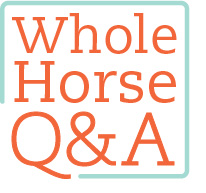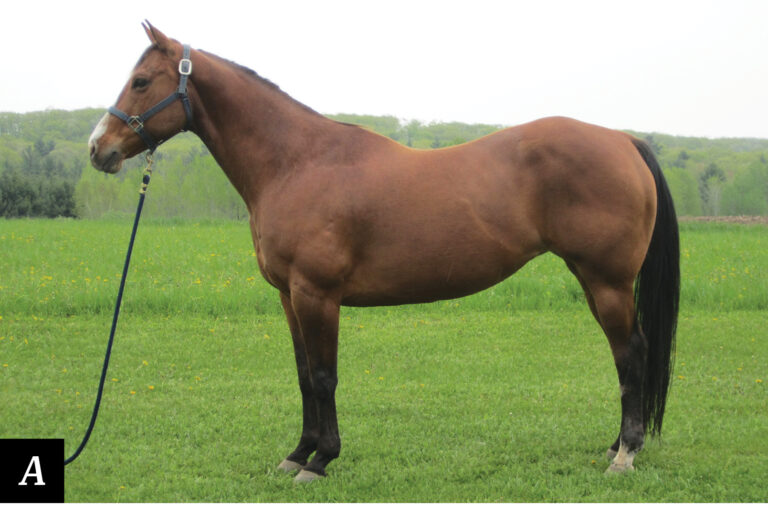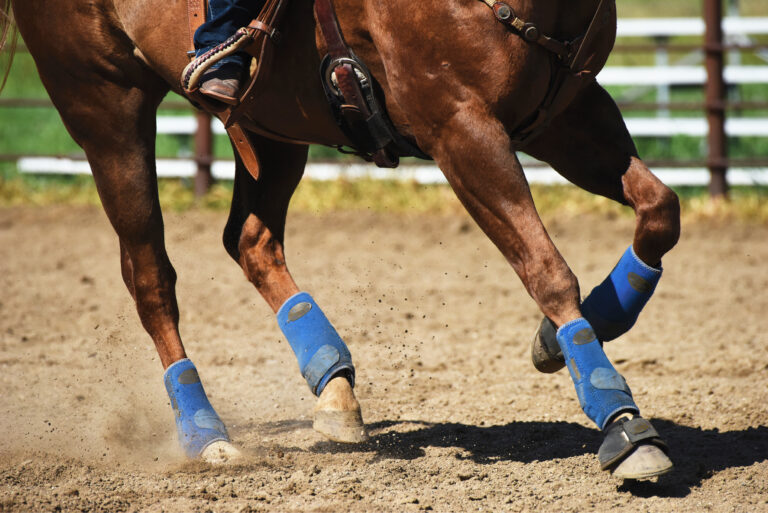Q A Paint gelding I’m leasing has heaves. What is this condition, and can it be cured?

MADELEINE REMY, Bloomington, Indiana
A Recurrent airway obstruction (RAO), also known as heaves or chronic airway reactivity, is a common, chronic respiratory disease of horses. It’s similar to human asthma, and can be managed but not cured. It’s characterized by mucus production, narrowing of the airways (bronchoconstriction), and spasm of the airway (bronchospasm). The most common signs are chronic cough, exercise intolerance, nasal discharge, and increased respiratory effort. Severely affected horses may experience weight loss.
Two forms of RAO are recognized in horses. The first is seen worldwide, but the highest prevalence in the U.S. is in the Northeast and Midwest states in horses that are stabled and fed hay. The second form, summer-pasture-associated obstructive pulmonary disease (also known as summer heaves or pasture-associated heaves), is seen commonly in horses living on pasture in the Southeast. Winter and spring are the worst times for RAO in stabled horses. Summer heaves are worst in summer or early fall.
Many hypotheses exist as to why RAO occurs. Most evidence points to the lungs’ hypersensitivity to inhaled antigens, such as organic dust, molds, and endotoxins present in hay and straw.
Diagnosis is typically based on the horse’s history and a clinical examination, which may discover wheezing, crackles, or a tracheal rattle. Diagnostic tests to confirm and characterize the lower airway inflammation include bronchoalveolar lavage, transtracheal wash, pulmonary function testing, thoracic X-rays, and ultrasound examination.
Horses with mild to moderate disease can be treated with environmental and dietary changes alone, without additional drug therapy. Round-bale hay, high in endotoxins and organic dust content, should be avoided. Horses with “regular” RAO should be turned out on pasture where possible. Horses with pasture-associated RAO should be kept off pasture except during winter.
A clean, well-ventilated environment is important for all horses and especially thosewith heaves. Don’t store hay above stalls, and clean the barn only when affected horses aren’t in stalls. Avoid straw as bedding, choosing instead a low-dust alternative such as chopped paper or cardboard. Soaking hay or feed prior to eating can alleviate clinical signs in mildly affected horses, but may not help more severe cases. Horses with moderate or severe RAO should be transitioned from hay to a complete pelleted feed. Medications may improve clinical signs, but respiratory disease will return if the horse isn’t removed from a mold- and/or dust-filled environment.
Medical management is recommended for horses with moderate-to-severe clinical signs of RAO, as environmental changes alone take several weeks to decrease pulmonary inflammation. Corticosteroids are extremely effective in decreasing RAO-caused lung inflammation, whereas non-steroidal anti-inflammatories drugs (NSAIDs) are of no benefit. Bronchodilators to help with dilation of the lower airways are also recommended, but should be used in conjunction with corticosteroids.
ENIFER R. GOLD DVM, DACVIM
Clinical Associate Professor
Department of Clinical Sciences
Washington State University







